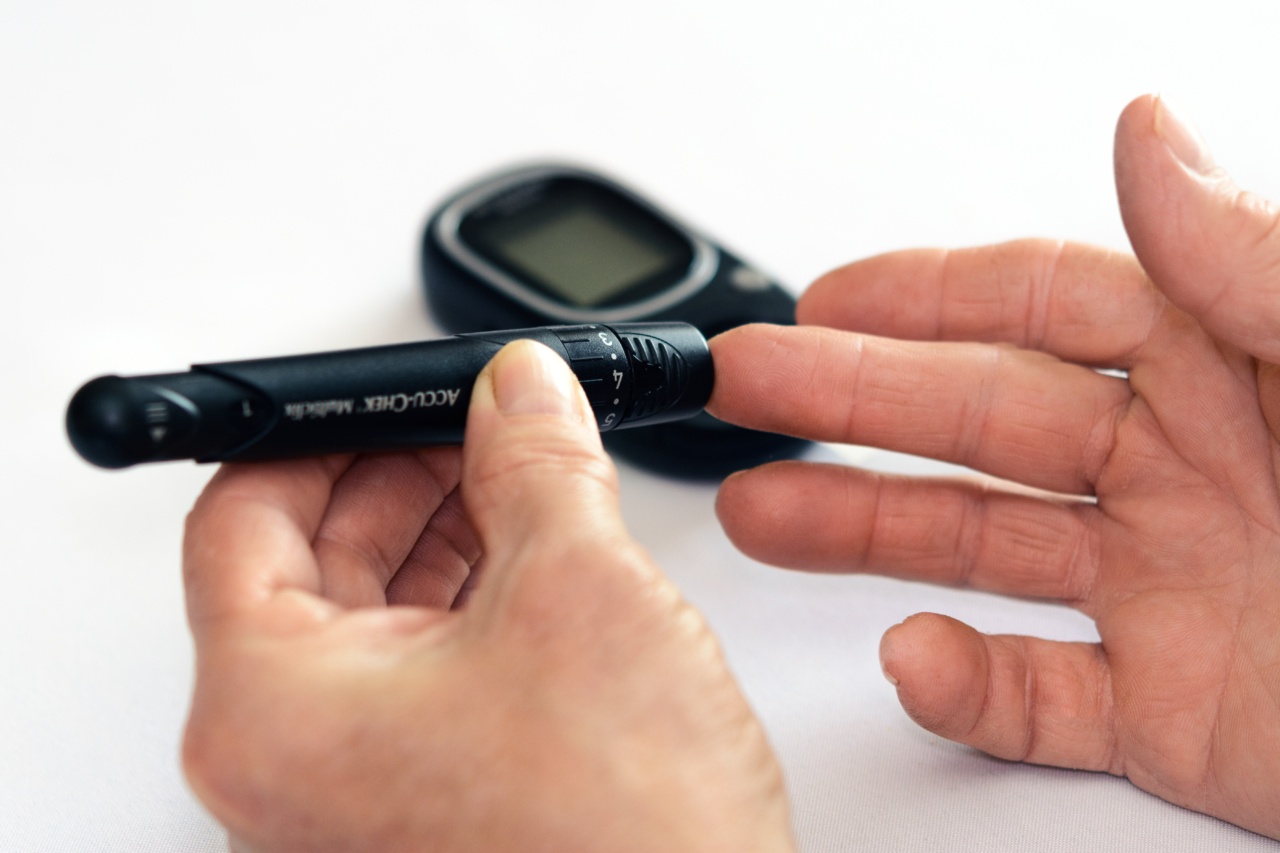Urine has long been considered a waste product of the body, but recent scientific studies have shown that it can actually contain valuable information about a person’s health.
In particular, researchers have discovered a surprising link between urine and the diagnosis of both cancer and diabetes. This breakthrough has the potential to revolutionize early detection and treatment of these diseases.
Understanding the Basics of Urine
Before delving into the link between urine and cancer/diabetes diagnosis, let’s first understand the basics of urine composition.
Urine is primarily made up of water, but it also contains various waste products and chemicals that are eliminated by the kidneys. These waste products include urea, uric acid, creatinine, and electrolytes such as sodium and potassium.
Urine Tests for Cancer Diagnosis
The presence of certain substances in urine can indicate the presence of cancer in the body. For example, a protein called matrix metalloproteinase-9 (MMP-9) has been found to be elevated in the urine of patients with certain types of cancer.
MMP-9 is involved in the breakdown of the extracellular matrix, which plays a critical role in tumor growth and metastasis. By measuring the levels of MMP-9 in urine, doctors can potentially identify early-stage cancer and initiate treatment before it spreads.
In addition to MMP-9, other cancer biomarkers such as carcinoembryonic antigen (CEA), prostate-specific antigen (PSA), and microRNA have also been detected in urine samples.
These biomarkers can indicate the presence of specific types of cancer, including breast, colorectal, prostate, and bladder cancer. By analyzing urine for these biomarkers, doctors can develop more targeted and personalized treatment plans, leading to improved patient outcomes.
Urine Tests for Diabetes Diagnosis
Diabetes is a chronic metabolic disorder characterized by high blood sugar levels. Traditionally, the diagnosis of diabetes involves blood tests, but urine analysis can also provide valuable insights into this condition.
Specifically, urine tests can measure the levels of glucose, ketones, and proteins that are indicative of diabetes.
Glucose is normally not present in urine since it is reabsorbed by the kidneys, but in cases of uncontrolled diabetes where blood sugar levels are consistently high, the kidneys are unable to reabsorb all the glucose, leading to its presence in the urine. By analyzing urine for glucose levels, doctors can diagnose diabetes and monitor its management.
Ketones, on the other hand, are produced when the body cannot use glucose as an energy source and starts breaking down fat instead.
Ketones in urine indicate poor blood sugar control and can be a sign of diabetic ketoacidosis, a life-threatening condition. Regular urine ketone testing can help individuals with diabetes stay vigilant and take appropriate measures to prevent complications.
In addition to glucose and ketones, proteins in urine can also be an important indicator of diabetes. Damage to the kidneys, often seen in patients with poorly controlled diabetes, can cause proteins to leak into the urine.
This condition is called diabetic nephropathy and can lead to kidney failure if left untreated. By detecting proteinuria in urine, doctors can initiate early intervention and prevent further kidney damage.
Advantages of Urine Testing
Urine testing offers several advantages over other diagnostic methods for cancer and diabetes. First and foremost, urine samples are non-invasive, making them more comfortable for patients compared to blood tests or tissue biopsies.
It also eliminates the need for repeated needle pricks, contributing to reduced patient anxiety.
Urine tests are also cost-effective and readily accessible. They can be performed in a doctor’s office or even at home using commercially available test kits.
This convenience allows for regular monitoring of disease progression and response to treatment, improving overall patient care.
Furthermore, urine testing has the potential for early detection of cancer and diabetes, leading to timely interventions and improved survival rates.
By identifying biomarkers in urine that are indicative of these diseases, healthcare professionals can diagnose them in their initial stages and provide appropriate treatments before they become more advanced and difficult to manage.
Future Implications and Research
The discovery of the surprising link between urine and cancer/diabetes diagnosis opens up exciting avenues for further research and development.
Scientists are continuously exploring new biomarkers that can be detected in urine to improve the accuracy of diagnosis and monitor disease progression.
Moreover, advancements in technology, such as the development of more sensitive screening methods and the use of artificial intelligence, will enhance the effectiveness of urine testing for cancer and diabetes.
These innovations have the potential to streamline the diagnostic process, leading to quicker results and better patient outcomes.
Conclusion
Urine, once considered a waste product, has now become a valuable resource in the field of healthcare. The surprising link between urine and the diagnosis of cancer and diabetes has revolutionized early detection and treatment strategies.
By analyzing urine for specific biomarkers, doctors can identify these diseases in their early stages, providing timely interventions and personalized treatment plans. With ongoing research and technological advancements, the future of urine testing for cancer and diabetes diagnosis looks promising.




























